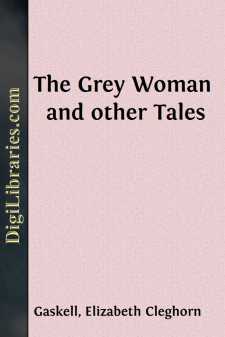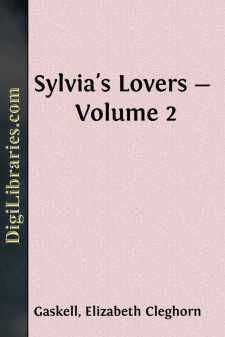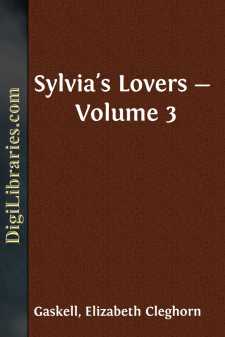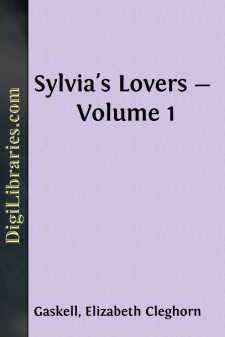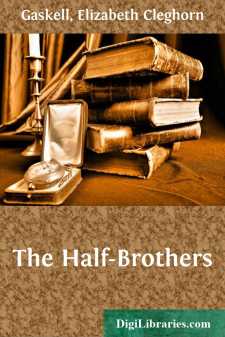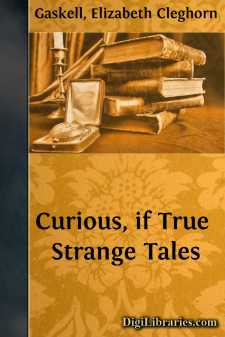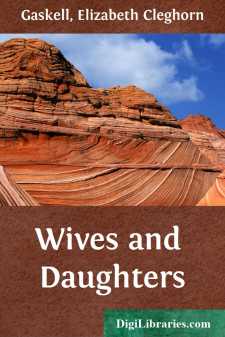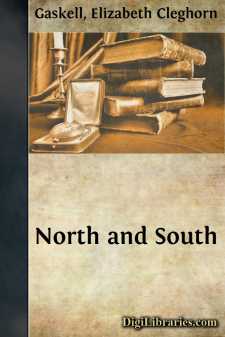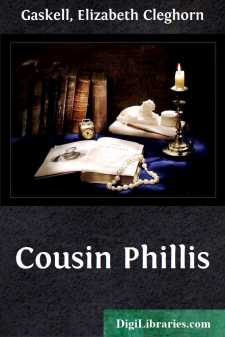Categories
- Antiques & Collectibles 13
- Architecture 36
- Art 48
- Bibles 22
- Biography & Autobiography 813
- Body, Mind & Spirit 142
- Business & Economics 28
- Children's Books 15
- Children's Fiction 12
- Computers 4
- Cooking 94
- Crafts & Hobbies 4
- Drama 346
- Education 46
- Family & Relationships 57
- Fiction 11828
- Games 19
- Gardening 17
- Health & Fitness 34
- History 1377
- House & Home 1
- Humor 147
- Juvenile Fiction 1873
- Juvenile Nonfiction 202
- Language Arts & Disciplines 88
- Law 16
- Literary Collections 686
- Literary Criticism 179
- Mathematics 13
- Medical 41
- Music 40
- Nature 179
- Non-Classifiable 1768
- Performing Arts 7
- Periodicals 1453
- Philosophy 64
- Photography 2
- Poetry 896
- Political Science 203
- Psychology 42
- Reference 154
- Religion 513
- Science 126
- Self-Help 84
- Social Science 81
- Sports & Recreation 34
- Study Aids 3
- Technology & Engineering 59
- Transportation 23
- Travel 463
- True Crime 29
The Moorland Cottage
Description:
Excerpt
CHAPTER I.
If you take the turn to the left, after you pass the lyke-gate at
Combehurst Church, you will come to the wooden bridge over the brook; keep
along the field-path which mounts higher and higher, and, in half a mile or
so, you will be in a breezy upland field, almost large enough to be called
a down, where sheep pasture on the short, fine, elastic turf. You look down
on Combehurst and its beautiful church-spire. After the field is crossed,
you come to a common, richly colored with the golden gorse and the purple
heather, which in summer-time send out their warm scents into the quiet
air. The swelling waves of the upland make a near horizon against the sky;
the line is only broken in one place by a small grove of Scotch firs, which
always look black and shadowed even at mid-day, when all the rest of the
landscape seems bathed in sunlight. The lark quivers and sings high up in
the air; too high--in too dazzling a region for you to see her. Look! she
drops into sight; but, as if loth to leave the heavenly radiance, she
balances herself and floats in the ether. Now she falls suddenly right into
her nest, hidden among the ling, unseen except by the eyes of Heaven,
and the small bright insects that run hither and thither on the elastic
flower-stalks. With something like the sudden drop of the lark, the path
goes down a green abrupt descent; and in a basin, surrounded by the grassy
hills, there stands a dwelling, which is neither cottage nor house, but
something between the two in size. Nor yet is it a farm, though surrounded
by living things. It is, or rather it was, at the time of which I speak,
the dwelling of Mrs. Browne, the widow of the late curate of Combehurst.
There she lived with her faithful old servant and her only children, a boy
and girl. They were as secluded in their green hollow as the households in
the German forest-tales. Once a week they emerged and crossed the common,
catching on its summit the first sounds of the sweet-toned bells, calling
them to church. Mrs. Browne walked first, holding Edward's hand. Old Nancy
followed with Maggie; but they were all one party, and all talked together
in a subdued and quiet tone, as beseemed the day. They had not much to say,
their lives were too unbroken; for, excepting on Sundays, the widow and
her children never went to Combehurst. Most people would have thought the
little town a quiet, dreamy place; but to those two children if seemed
the world; and after they had crossed the bridge, they each clasped more
tightly the hands which they held, and looked shyly up from beneath their
drooped eyelids when spoken to by any of their mother's friends. Mrs.
Browne was regularly asked by some one to stay to dinner after morning
church, and as regularly declined, rather to the timid children's relief;
although in the week-days they sometimes spoke together in a low voice
of the pleasure it would be to them if mamma would go and dine at Mr.
Buxton's, where the little girl in white and that great tall boy lived....



